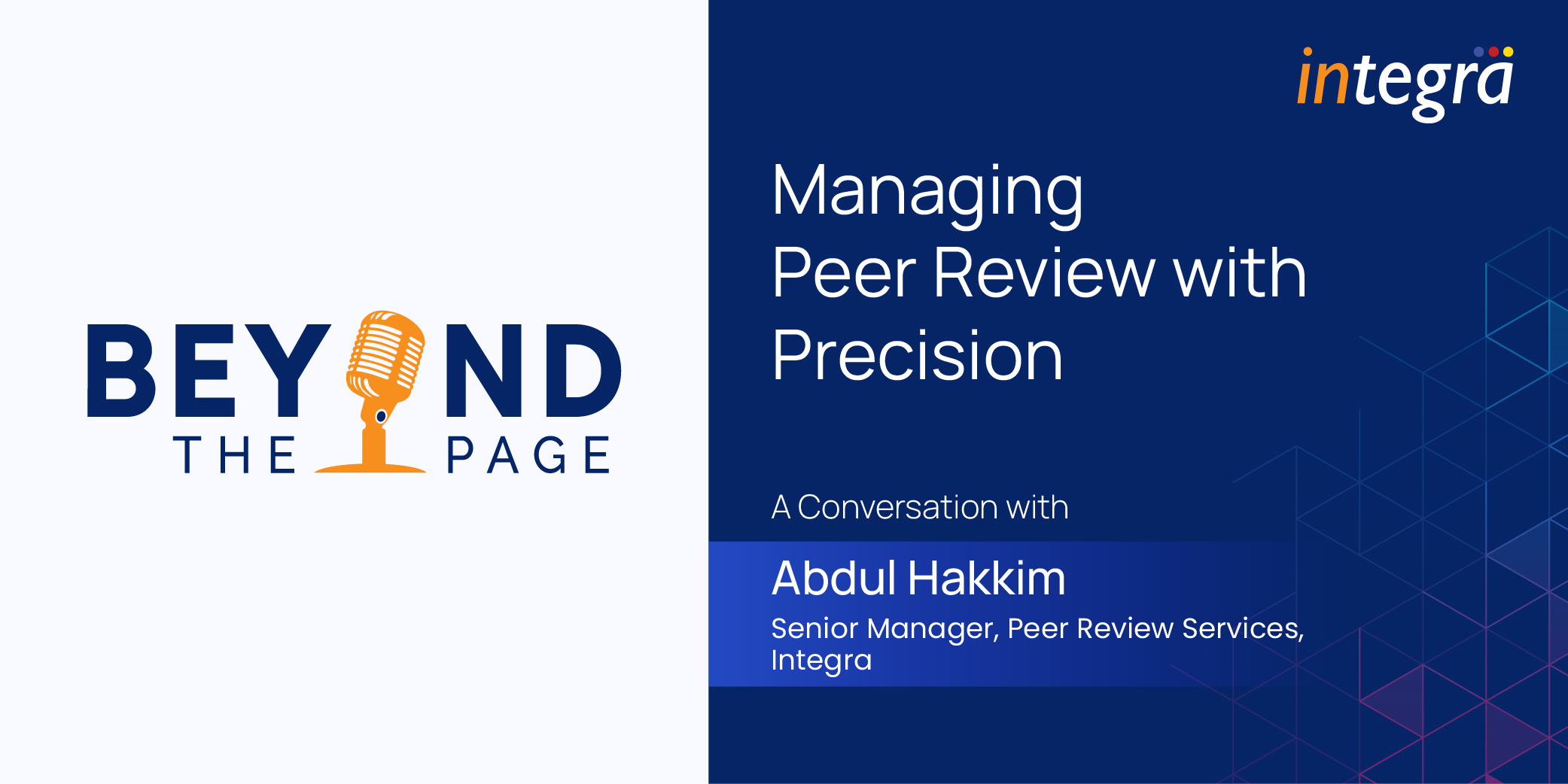Optimizing Business Workflows with LLMs: A Blueprint for Efficiency

In today’s rapidly evolving digital landscape, Large Language Models (LLMs) are revolutionizing how businesses streamline their operations. These powerful tools intersect seamlessly with business workflows, ensuring that companies can maintain a competitive edge through enhanced efficiency and automation.
“One reason these large language models remain so remarkable is that a single model can be used for (multiple) tasks,” such as answering questions, summarizing documents, generating text, completing sentences, translation and more, says Bernard Koch, computational social scientist at UCLA.
The State of Modern Business Workflows
In contemporary corporate arenas, businesses grapple with a slew of process management challenges. The complexities of managing vast teams, varied tasks, and integrating technology mean that bottlenecks are common. Compounded by this is an urgent drive towards digital transformation and automation, as businesses aim to remain relevant and efficient in a fast-paced environment.
Understanding LLMs: Not Just for Language Tasks
One of the earliest examples of AI-based LLM is the Eliza model built by MIT way back in 1966. Although AI language models have come a long way since then, they still need to be trained on datasets that power them to infer relationships and generate content.
LLMs, at their core, are models adept at understanding and generating human-like text. However, their power transcends mere language tasks. Unlike traditional automation tools, which are generally built for specific tasks, LLMs offer unprecedented flexibility, adapting to a multitude of roles, ranging from data analysis to customer interaction.
Identifying Workflow Bottlenecks: The First Step to LLM Integration
To integrate LLMs effectively, businesses first need to identify operational inefficiencies. Once these bottlenecks are pinpointed, LLMs can be used to analyze process data, subsequently offering actionable insights to address and rectify these problem areas.
Automating Repetitive Tasks with LLMs:
Repetitive tasks, such as data entry, report generation, and even some elements of customer interaction, can be burdensome and time-consuming. LLMs, however, are adept at handling these tasks, streamlining operations. To deploy them:
- Evaluate the task’s requirements.
- Integrate the LLM.
- Train the model using relevant data.
- Iterate and refine based on feedback.
LLMs in Customer Interaction
LLMs serve as a cornerstone in enhancing customer support. From powering intelligent chatbots to personalizing customer interactions, these models can significantly transform the way businesses engage with their customers, offering a personalized and enriched experience. While there has been much buzz about ChatGPT and its various iterations, Google’s PaLM 2 has emerged as one of the best large language models of 2023. The model has been enhanced with the inclusion of commonsense reasoning, formal logic, advanced coding, and mathematics across more than 20 different languages.
Personalized Customer Experiences
Through insightful data analysis and learning algorithms, LLMs can create highly personalized interactions with customers. This approach not only improves customer satisfaction but also fosters brand loyalty and long-term engagement.
Improving Decision-making Processes
LLMs have the potent capability to assist businesses in making informed decisions. By gathering, analyzing, and presenting data proficiently, these models facilitate insightful decision-making processes grounded on real-time insights and comprehensive data analysis.
Enhancing Collaboration and Communication
In a world where collaboration is key to business success, LLMs can be integrated into collaborative tools for real-time document editing and feedback. These models streamline inter-departmental communications, fostering a cohesive and harmonious work environment.
LLMs facilitate seamless communication across various departments within an organization. By integrating these models into communication platforms, businesses can enhance efficiency and foster a collaborative spirit among employees.
Future Outlook: The Evolving Role of LLMs in Business Operations
Businesses are increasingly recognizing the value that LLM can add, with 77% of organizations using NLP planning to increase their investment in LLM by 2024. As we look towards the future, it’s imperative to anticipate the advancements in LLM capabilities and their implications on business operations. A proactive approach in adapting to these advancements will ensure that businesses remain at the forefront of innovation and efficiency.
To stay ahead in the competitive business landscape, it’s vital for enterprises to prepare for the next wave of LLM integrations. Being well-prepared will allow businesses to seamlessly incorporate new features and functionalities, fostering growth and achieving market leadership.
Embracing LLMs in business workflows marks a monumental shift towards unparalleled efficiency and productivity. The road ahead promises remarkable advancements in LLM capabilities, poised to revolutionize business operations on a global scale. As we navigate this dynamic landscape, it becomes essential to stay abreast of the evolving role of LLMs in business, ensuring sustained growth and success in the modern business era.
Recent Blogs





